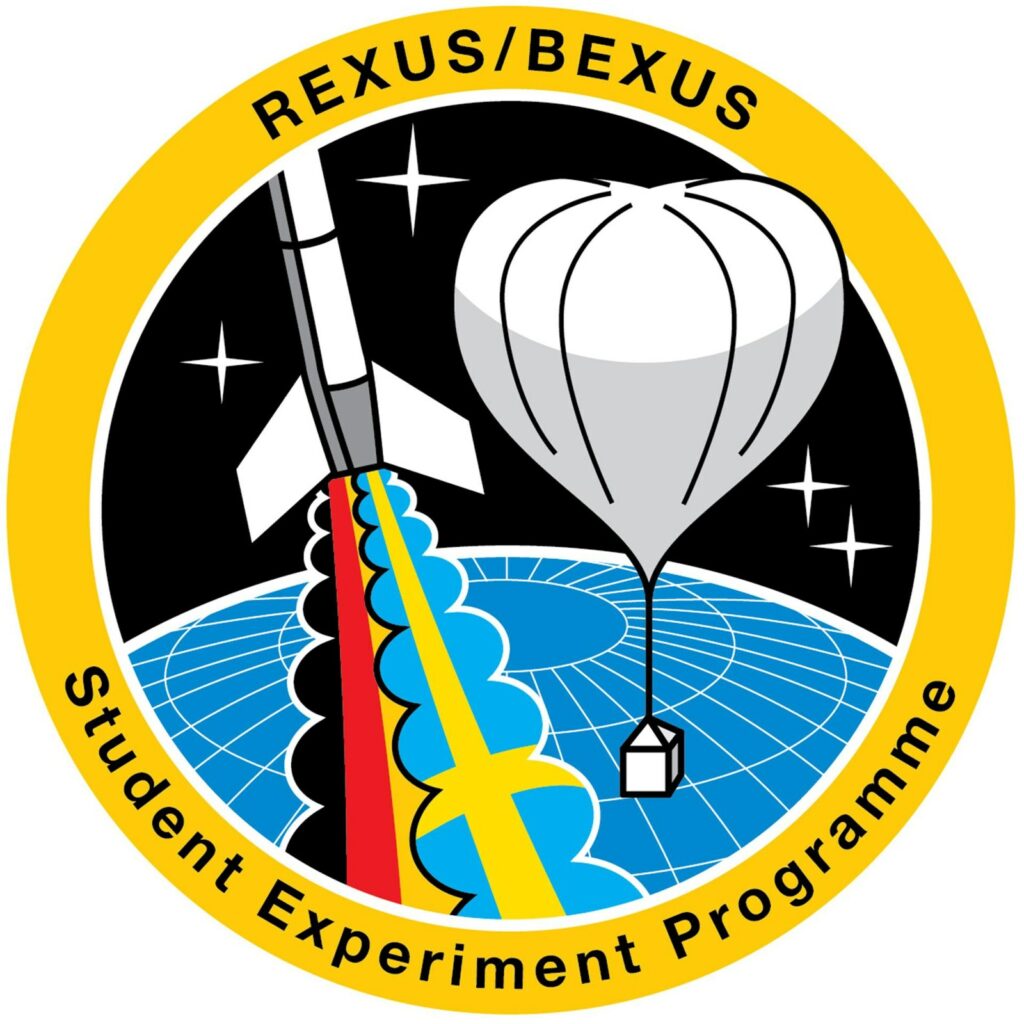The REXUS/BEXUS programme allows students from universities and higher education colleges across Europe to carry out scientific and technological experiments on research rockets and balloons. Each year two rockets and two balloons are launched, carrying up to 20 experiments designed and built by student teams.
rexusbexus.net

SLOSH

SLOSH is an experiment designed to study the movement of liquid inside a launching rocket,
a phenomenon known as sloshing. This effect can shift a spacecraft’s center of mass unpredictably, posing challenges to its stability, guidance, and maneuverability.
Accurately predicting sloshing behavior is challenging due to the complexity of liquid motion, which depends on multiple factors. To improve existing fluid dynamics models, high-quality visual data and precise sensor measurements are essential.
SLOSH aims to record high-resolution videos of liquid dynamics inside a specially designed experiment tank aboard the REXUS rocket. By integrating these recordings with precise environmental sensor data, we aim to create a valuable dataset that enhances the understanding of sloshing. This dataset will be publicly accessible to support further research in fluid dynamics.
On the left is a model of the latest experiment setup. It features a black anti-reflective and liquid-absorbing shroud enclosing the fuel tank dummy. Two cameras and the electronic boxes are positioned around the shroud to capture high-resolution footage of the dummy through designated openings.
About REXUS
REXUS, which stands for „Rocket Experiments for University Students,“ is part of the REXUS/BEXUS program. It involves the launch of two sounding rockets each year, typically in March, from ESRANGE Space Center in Sweden. The program offers university students the opportunity to design, build, and test experiments in space.
The rocket is powered by an enhanced Orion solid rocket motor and measures approximately 6 meters in length. Each rocket can carry up to five experiments, which are launched to an altitude of about 85 km. At this point, a two-minute zero-gravity experimental phase begins. Afterwards, the rocket safely returns to Earth, landing with a parachute for recovery.

Source: rexusbexus.net